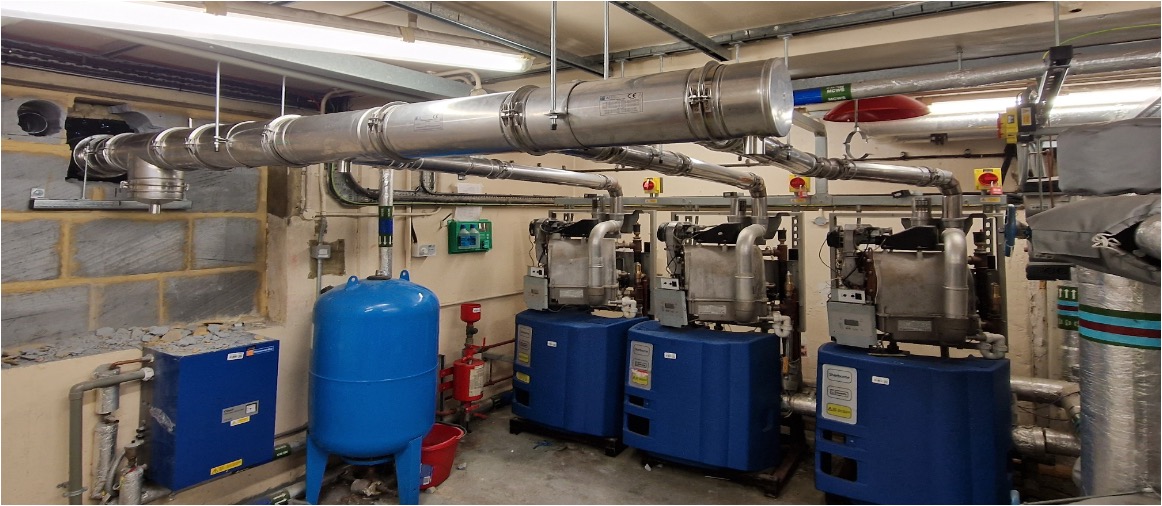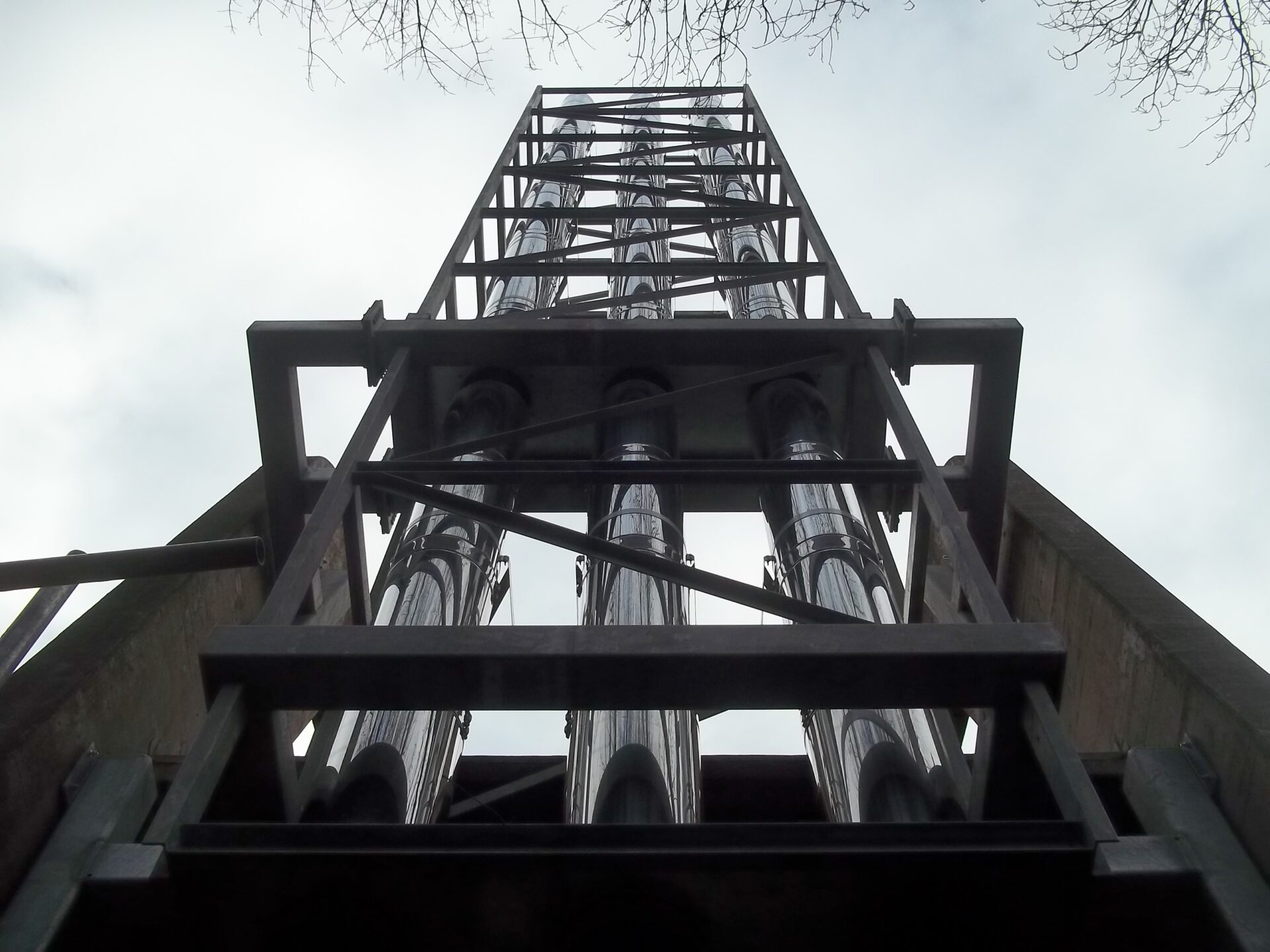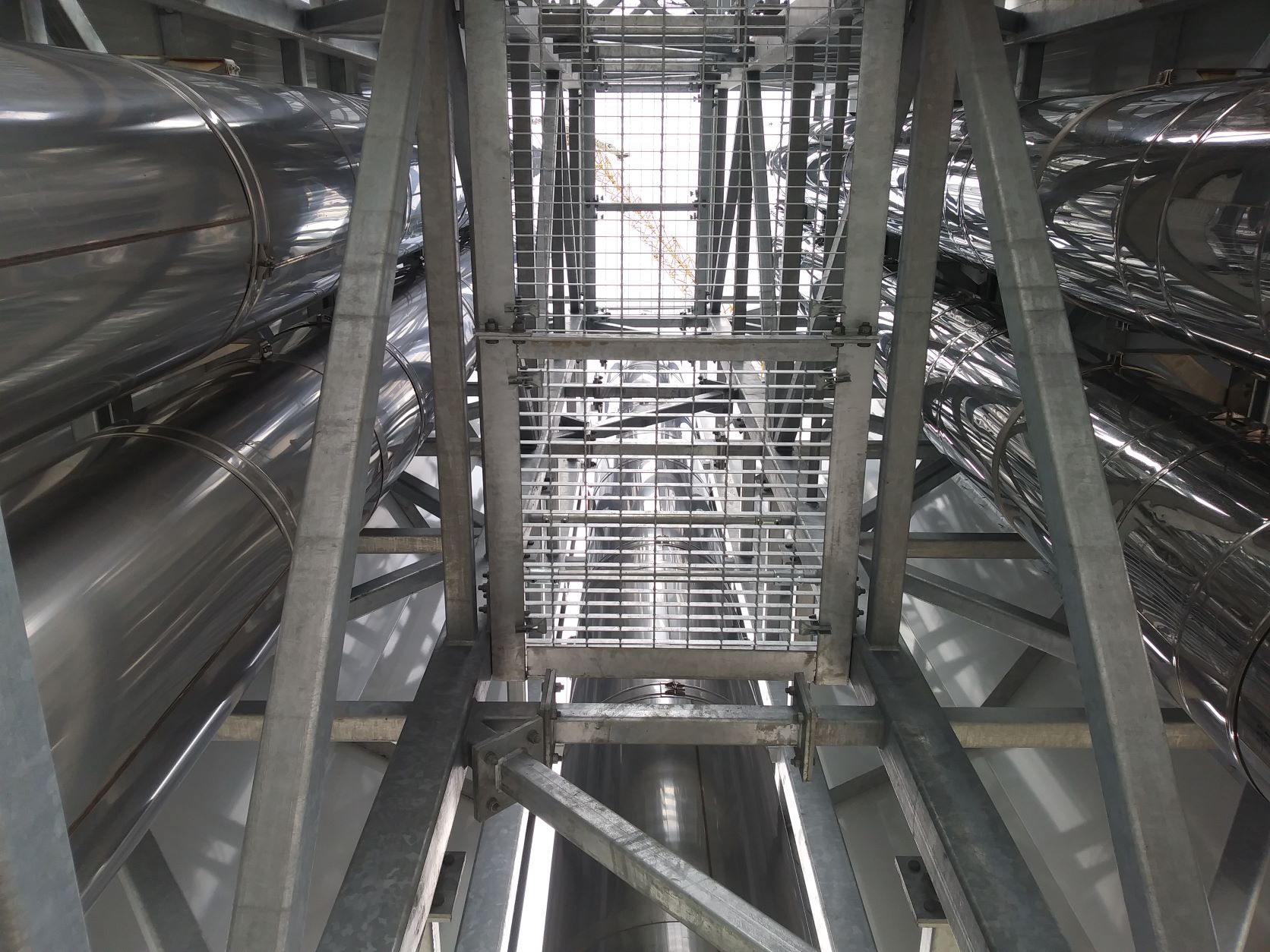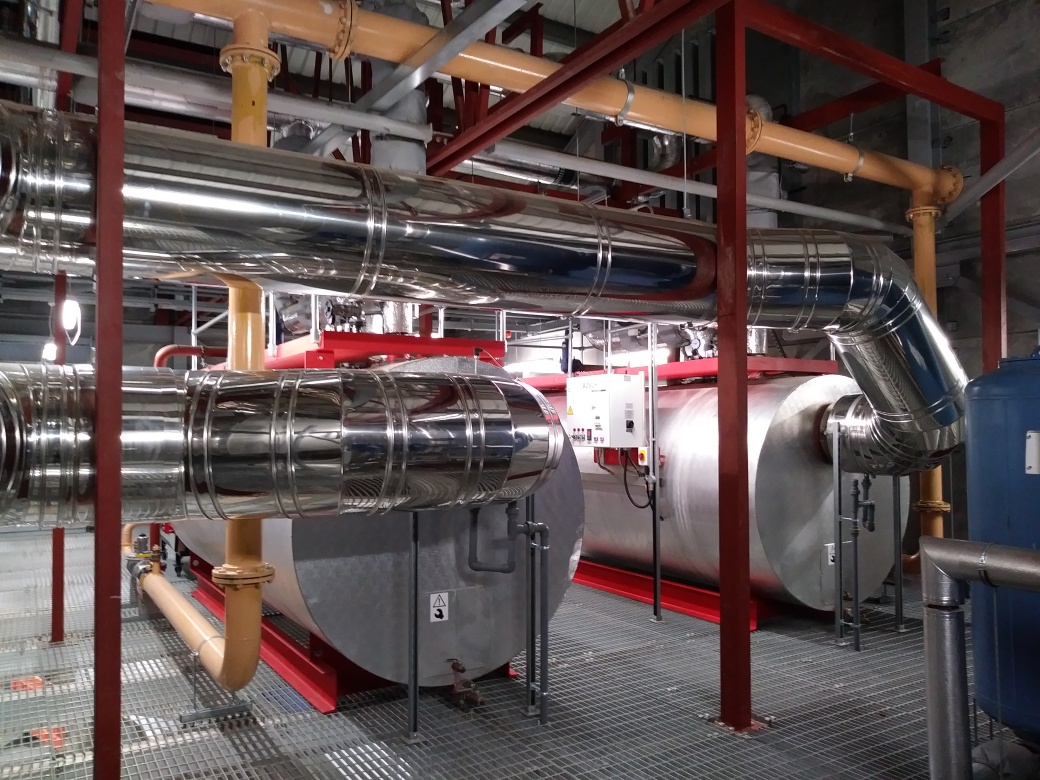Condensing Boilers

Condensing boilers are water heaters typically used for heating systems that are fueled by gas or oil. When operated in the correct circumstances, a heating system can achieve high efficiency (greater than 90% on the higher heating value) by condensing water vapour found in the exhaust gases in a heat exchanger to preheat the circulating water. This recovers the latent heat of vaporisation, which would otherwise have been wasted. The condensate is sent to a drain. In many countries, the use of condensing boilers is compulsory or encouraged with financial incentives.
For the condensation process to work properly, the return temperature of the circulating water must be around 55 °C (131 °F) or below, so condensing boilers are often run at lower temperatures, around 70 °C (158 °F) or below, which can require larger pipes and radiators than non condensing boilers. Nevertheless, even partial condensing is more efficient than a traditional non-condensing boiler
Suitable Products
Deltavent Twin-wall Flue Systems
Deltavent Single-Skin Flue Systems
Draft
Stabilisers
FURANFLEX
25 BLACK
Need a Flue?
We'll Help You!














